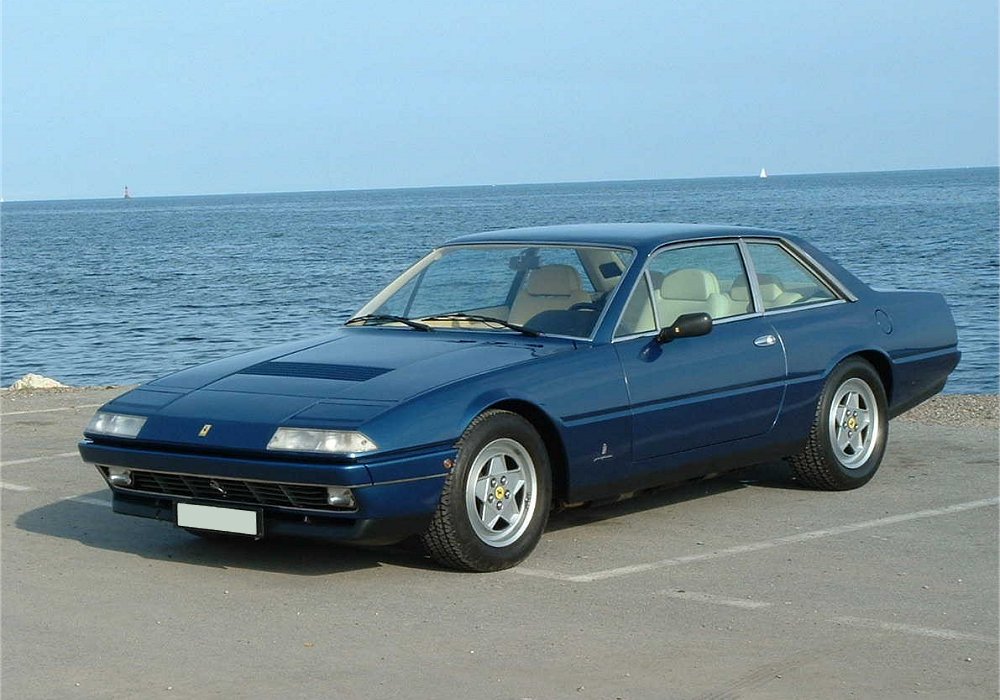Description
The Ferrari 412 i Automatic was the final expression of Ferrari’s elegant 2+2 grand tourer line, produced between 1985 and 1989. It replaced the Ferrari 400 i and marked the last of the Colombo V12–powered front-engined coupés in this lineage. Like its predecessors, the 412 i was designed for refined, long-distance travel, offering the comfort and practicality of a luxury car with the performance and prestige of a Ferrari.
Mechanically, the 412 i featured a 4.9-liter Colombo V12, an enlarged version of the 4.8-liter unit from the 400 i. With Bosch K-Jetronic fuel injection, the engine produced around 340 horsepower, delivering strong torque and smooth power ideal for effortless high-speed cruising. Buyers could choose between a 5-speed manual gearbox or the GM-sourced Turbo-Hydramatic 3-speed automatic transmission, with the latter aimed at customers who valued ease of driving and comfort over sporting engagement. The automatic variant made the car especially appealing for city use and luxury-oriented buyers, broadening Ferrari’s market reach at the time.
The design, penned by Pininfarina, carried over the crisp, angular lines of the 400 i but incorporated subtle refinements. Body-colored bumpers, revised lighting, and updated trim gave the 412 i a cleaner, more modern look. Its proportions were elegant and understated, emphasizing its role as a sophisticated grand tourer rather than an overt sports car. The 2+2 layout provided genuine practicality, with usable rear seats and a relatively spacious trunk—features rare in Ferrari’s lineup during this period.
Inside, the 412 i Automatic prioritized comfort and luxury. The cabin was trimmed in fine Connolly leather, complemented by deep carpeting and polished wood inserts. Standard equipment included power-adjustable seats, air conditioning, power windows, and a premium stereo system, all underscoring Ferrari’s intention to deliver a comfortable long-distance machine. Despite its luxury, the view over the long hood and the deep burble of the V12 constantly reminded the driver of the car’s performance heritage.
On the road, the automatic transmission made the 412 i a more relaxed companion than its manual counterpart. While not as engaging for spirited driving, the automatic allowed the V12’s torque to shine in effortless acceleration and smooth, unhurried cruising. Its suspension was tuned for comfort, soaking up bumps while still maintaining composure at high speeds.
With only around 576 examples of the Ferrari 412 built—across both manual and automatic variants—the model remains a relatively rare sight today. Once overlooked due to its understated styling and focus on luxury, the 412 i Automatic has gained appreciation among collectors for its blend of usability, rarity, and the prestige of being the final evolution of Ferrari’s classic front-engined V12 2+2 coupés. It stands as both an elegant finale to the series and a car that captured Ferrari’s attempt to balance tradition with a more cosmopolitan vision of luxury motoring.

